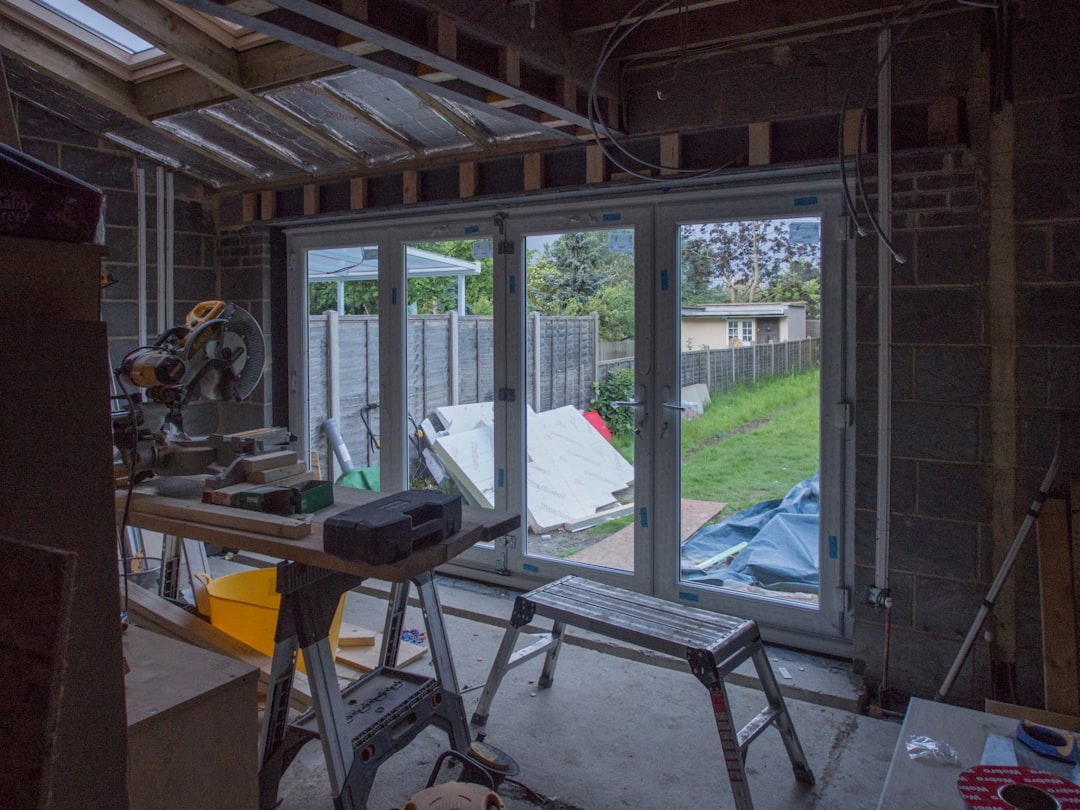Why Installing Kitchen Exhaust Matters in Modern Homes
Proper installation of kitchen exhaust systems is essential for maintaining indoor air quality, preserving finishes, and ensuring compliance with local codes. Costs for installation can range from $650 to $1200 per opening, depending on complexity and materials. This guide provides construction professionals with insights into achieving efficient ventilation, integrating AI-driven material pricing, and maintaining project timelines.
The Science Behind Proper Ventilation
- Removes moisture and grease, preventing mold and premature paint failure
- Lowers indoor pollutants such as carbon monoxide and nitrogen dioxide
- Balances make-up air, safeguarding HVAC performance and homeowner comfort
Planning Your Kitchen Exhaust Installation
- Identify cooking equipment BTU ratings to size the fan correctly
- Map the shortest, straightest duct route to an exterior wall or roof
- Verify compliance with local CFM and noise regulations
- Generate an AI-backed estimate to lock materials and labor costs in real time
Material Selection: Ducts, Hoods, and Fans
Rigid vs. flexible duct—Rigid 26-gauge ducting adds just 8% to material cost but improves airflow up to 15%. For most residential builds, rigid duct is the smarter long-term value.
Hood styles—From under-cabinet units to dramatic chimney hoods, calculate square footage impacts and cabinet alterations instantly.
Fan ratings—Aim for 1 CFM per 100 BTU of cooktop output. Round up to the nearest stock fan model to avoid custom lead times.
Step-by-Step Installation Process
- Secure blocking: Anchor 2×4 backing between studs where the hood will hang.
- Mark and cut duct path: Use a laser level to document measurements.
- Install exterior vent cap: Weather-seal with high-temp silicone and stainless screws.
- Run ductwork: Keep turns under 45°; every additional elbow reduces efficiency by roughly 7%.
- Mount hood and fan: Follow manufacturer torque specs.
- Connect wiring: Ensure NEC-compliant wire gauges.
- Test airflow: Measure CFM at the hood; adjust make-up air damper if negative pressure exceeds 5 Pa.
Common Pitfalls and How to Prevent Them
- Undersized fans: Use a BTU-to-CFM calculator to flag mismatches before purchase orders are issued.
- Excessive duct length: Highlight runs over 25 feet to reroute early.
- Unplanned soffit impacts: Use 3D model overlays to reveal clashes with ceiling joists.
Cost Factors to Watch
- Hood finish (stainless, powder coat, custom wood wrap)
- Duct diameter changes requiring reducers
- Roof penetration vs. wall termination flashing kits
- Local permit fees and post-installation inspections
DIY vs. Professional Installation
While swapping a plug-in recirculating hood is straightforward, ducted systems demand structural knowledge, fire-safe clearances, and electrical skills. Licensed professionals are recommended for any new duct run or 240-volt connection.
Building Code & Energy Standards
ASHRAE 62.2 and IRC M1503 dictate minimum airflow and termination guidelines. Stay updated with necessary make-up air kits or ECM motors as energy codes evolve.
How to Add Value Throughout the Project
- AI voice capture converts jobsite conversations into line-item updates
- Dynamic pricing pulls current supplier costs every 15 minutes
- Integrated invoicing turns approved estimates into branded documents instantly
- Cloud storage retains manuals, photos, and inspection reports for warranty tracking
From Estimate to Invoice—All in One Conversation
Streamline your project workflow by transcribing, pricing, and scheduling tasks efficiently. Provide homeowners with polished quotes complete with scope notes and payment milestones.
Final Thoughts
Installing kitchen exhaust is a balance of airflow science, aesthetic choice, and regulatory compliance. Equip your construction team with the tools to achieve perfect balance on every build.
Case Spotlight: The Hawthorne Remodel
When the Hawthorne family gutted their 1980s kitchen, the original plan called for a decorative hood with a recirculating fan. During a consultation, a 36,000 BTU gas range was identified—far too powerful for a filter-only setup.
AI-Driven Re-Scope
- Recommended a 600 CFM ducted unit, rigid 6-inch duct, and a roof cap rated for high wind zones.
- Generated a revised materials list and labor timeline, adding just 20 seconds to the call.
- Homeowners signed the updated quote the same evening.
Field Execution
- The framing crew received a push notification with blocking dimensions before arriving on site.
- An unexpected double top plate was uncovered; duct length and elbows were recalculated instantly.
- Final airflow test recorded 612 CFM, exceeding code by 12 CFM and passing inspection on the first visit.
Results
- Project timeline held at 14 days despite scope change.
- Material overage reduced to less than 1%, saving $210.
- Homeowner satisfaction score: 9.8/10.
Lessons for Your Next Build
- Early AI analysis prevents under-ventilated kitchens.
- Real-time cost data lets you upgrade components without budget shock.
- Voice-to-estimate workflows free superintendents from desk work, keeping them in the field where value is created.

